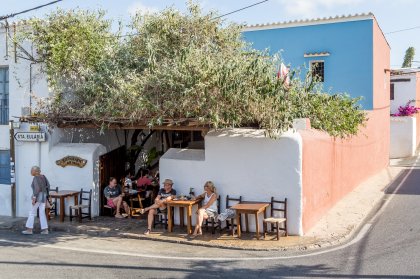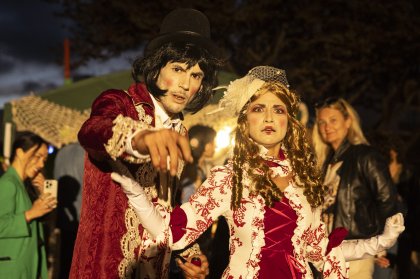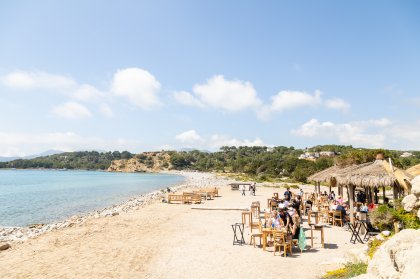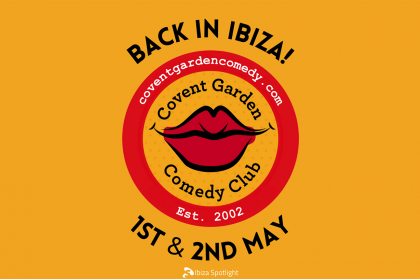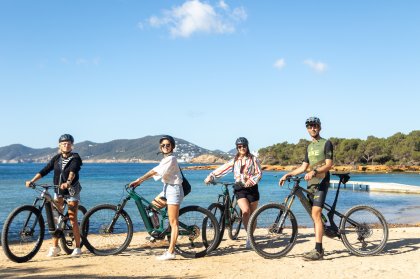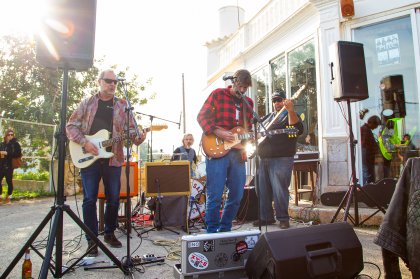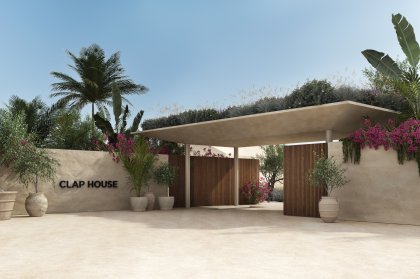
Next Tuesday, November 4th sees the feast day of San Carlos and as always, the small, Bohemian Ibiza village which is his namesake will come alive with a whole heap of activities for the whole family.
But before we launch into the programme of events, we thought we'd explain a little bit about who, exactly, San Carlos (Saint Charles) was.
Powerful
It's a fascinating story. San Carlos was an Italian Cardinal by the name of Charles Borromeo who at the height of his influence, was also the Secretary of State for the Vatican. Born to very wealthy, aristocratic parents, he began studying to enter the ministry at just 12 years old, probably influenced by his uncle, Cardinal Giovanni Angelo Medici, who later became Pope Pius IV. The very same uncle who, shortly after becoming Pope, made his young nephew a Cardinal.
His father, Gilbert was the Count of Arona and Charles was educated accordingly, holding a Phd in Canon and Civil Law. Charles Borromeo was, during his lifetime it seems, a lawyer, a politician, an aristocrat and a Cardinal. Or in other words, an extremely powerful man.
Segregation of the sexes
Said to be strict, uncompromising, austere, and rather humourless, he made the priests under his supervision wear only black and was instrumental in the reformation of the Catholic church, frowning upon excess riches and extravagance of any kind. He believed in strict segregation of the sexes and divided his church into two separate sections - one for males and one for females. He is known as the Saint of learning and the Arts for having instigated widespread education amongst church ministers and started the first Sunday schools, although it seems that females were excluded from these.
Heretics and sorcerers
Charles was alive in the troubled 16th century during the time of the reformation of the Catholic church, which included violent suppression of the Protestant faith, along with the burning of heretics (non-believers) and sorcerers. These unfortunate victims of history were usually young, unmarried girls or elderly matriarchs who had knowledge of healing with herbs and plants. This was said to be ‘sorcery' and so the work of the devil. In fact, during one pastoral visit made by Charles to the Swiss valleys, one hundred and fifty people were arrested for practicing witchcraft. Eleven women and one man were condemned to be burned alive.
Charity, poverty and death
On the other hand, despite having enormous wealth and power, Charles Borromeo was said to have lived as a poor man, preferring poverty and piety to the trappings of wealth and power so abundantly available to him. When the black plague arrived in Milan during 1576, which saw all the cowardly officials fleeing the city, Charles remained. He gave away everything he owned and amassed a great deal of personal debt trying to feed and care for some 60-70,000 starving people every day. He was then said to have written to the governor of Milan, shaming him into returning to rebuild the city and helping its devastated population.
Charles died on November 4th, 1584 at the age of 46 and shortly afterwards, on 1 November 1610, Pope Paul V canonised him as a Catholic Saint. And the day of Charles Borromeo's death was the day chosen to celebrate his life, work and deeds, which brings us roundly back to this week, Ibiza, 2014!
The programme
The celebrations for San Carlos begin at midday, with holy mass at the beautiful, ancient village church which has towered there, dominating the village square since 1785 making it almost 230 years old. The service and later procession through the streets will be led by no less than the Bishop of Ibiza, with the chorus of San Carlos singing the hymns.
At 1pm, there will be a public enactment of Ibiza country dancing or ‘Ball Pagés' as it's known locally. This is such an ancient dance ritual that nobody is quite sure of its exact origins, but there are certainly North African influences, probable remnants of the Punic, then Moorish colonisations of the island which all ended with the Catalan conquest back in the 13th century. The dance, a courtship ritual traditionally performed at weddings is in two parts, ‘sa curta' (the short) and ‘sa llarga' (the long). The costumes are detailed and extravagant and the dance itself is a very precise, formal affair. The dancers are joined by musicians who beat out their ancient rhythms on giant castanets (castañelas) made from juniper wood, a drum (tambor) and a mysterious metallic, spade shaped instrument called the Espací, all accompanied by a flute.
After a break for lunch and a leisurely siesta (of course) the fun begins again at 7.30pm with what the organisers promise will be a ‘grand night of magic.' No less than 3 magic shows will be performed and it's sure to be hugely popular with children of all ages. Even really big ones, ahem. The nice thing about magic is that it's a very visual form of performance, so language issues are really not a problem. This is entertainment that everyone can enjoy, whichever language you speak.
There will be a brief prize-giving ceremony at 9pm, followed by live music and dancing until 11.30pm with local covers band Paradise. Expect at least 4 generations shimmying merrily around the village, ladies and gents. Spanish fiestas include the entire family, from babies to grandparents.
And then at 11.30pm, the grand finale. A big, noisy, triumphant firework display!
We hope you'll pop along and see for yourself some genuine, authentic Ibiza culture and maybe tip a nod to San Carlos, historically, a fairly controversial character some would say. Perhaps a thought for the people who lost their lives during his reign of influence might be appropriate too. We'll leave it for you decide. Whatever you think of San Carlos himself, his feast day is sure to be a great day out in this beautiful Ibiza village. Enjoy!
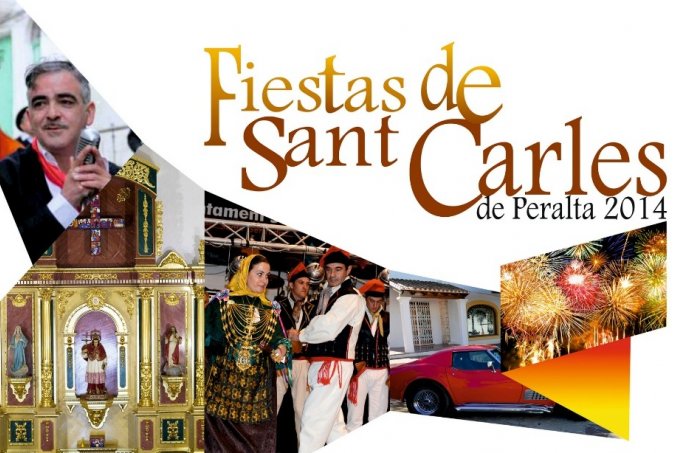
WORDS | Jane Charilaou
